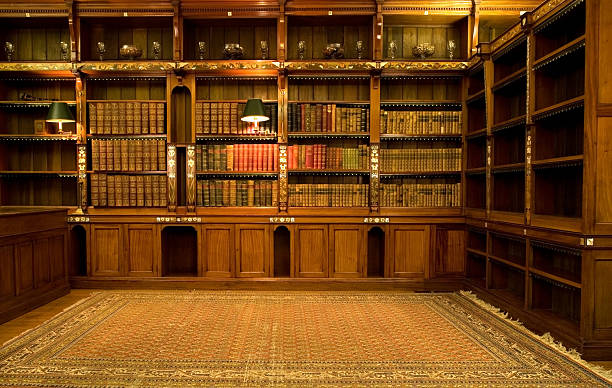Who Built the First Libraries?
By Lenient Amidu
Looking at libraries today, it is fascinating that the world's earliest libraries were made of mud. Collections and records were shaped into kiln-baked clay tablets in cuneiform script each varying in size and thickness.
According to research, the world’s oldest known library is believed to be The Library of Ashurbanipal founded sometime in the 7th century B.C. for the “royal contemplation” of the last great king of the Assyrian empire, Ashurbanipal. Located in Nineveh in modern-day Iraq, the site included a trove of some 30,000 cuneiform tablets organized according to subject matter in different languages. Historian Michelle Smallmon says that the texts came from various places and included works of great minds of the time. It also contained texts on medicine and legal issues.
On the papyrus of Ancient Egypt, scrolls of government and temple records were kept. The earliest discovered private archives were at Ugarit. There is also evidence of the earliest library in China, which belonged to the Imperial Zhou dynasty. All around the world, efforts were made to build collections of information. Subsequent periods saw the emergence of notable libraries in various places including Iran, Turkey, Egypt, Greece, Rome, and China belonging to empires or as private property. The Library of Alexandria, in Egypt, was the largest and most significant library of the ancient world. Some of the libraries of this time were destroyed by disasters or war.
Religion and Philosophy played an important role in the history of libraries. A series of outstanding libraries within the Islamic territories were founded and flourished alongside the Islamic spread to preserve religious teachings and promote the quest for knowledge and learning in Islamic communities. This resulted in the development of both writing and books in South and East Asia evidenced by the invention of paper and printing of manuscripts.
In the Early Middle Ages, monastery libraries developed in Italy. Now, libraries consist of collections from a vast range of topics and authors in various languages.
The 17th and 18th centuries include what is known as a golden age of libraries; during this, some of the more important libraries were founded in Europe. Francis Trigge Chained Library of St. Wulfram's Church, Grantham, Lincolnshire was founded in 1598 by the rector of nearby Welbourne. This library is considered the "ancestor of public libraries" and it holds 356 books. The collectors of this period helped shape the 'form' of libraries as we see it today.
At the beginning of the 18th century, libraries were becoming increasingly public and started to lend books. The British Museum also existed at this time holding about 50,000 books. In the 21st Century, libraries continue to evolve to suit new trends involving the way that individuals now consume books and other forms of media with the digitalization of libraries taking the forefront.





